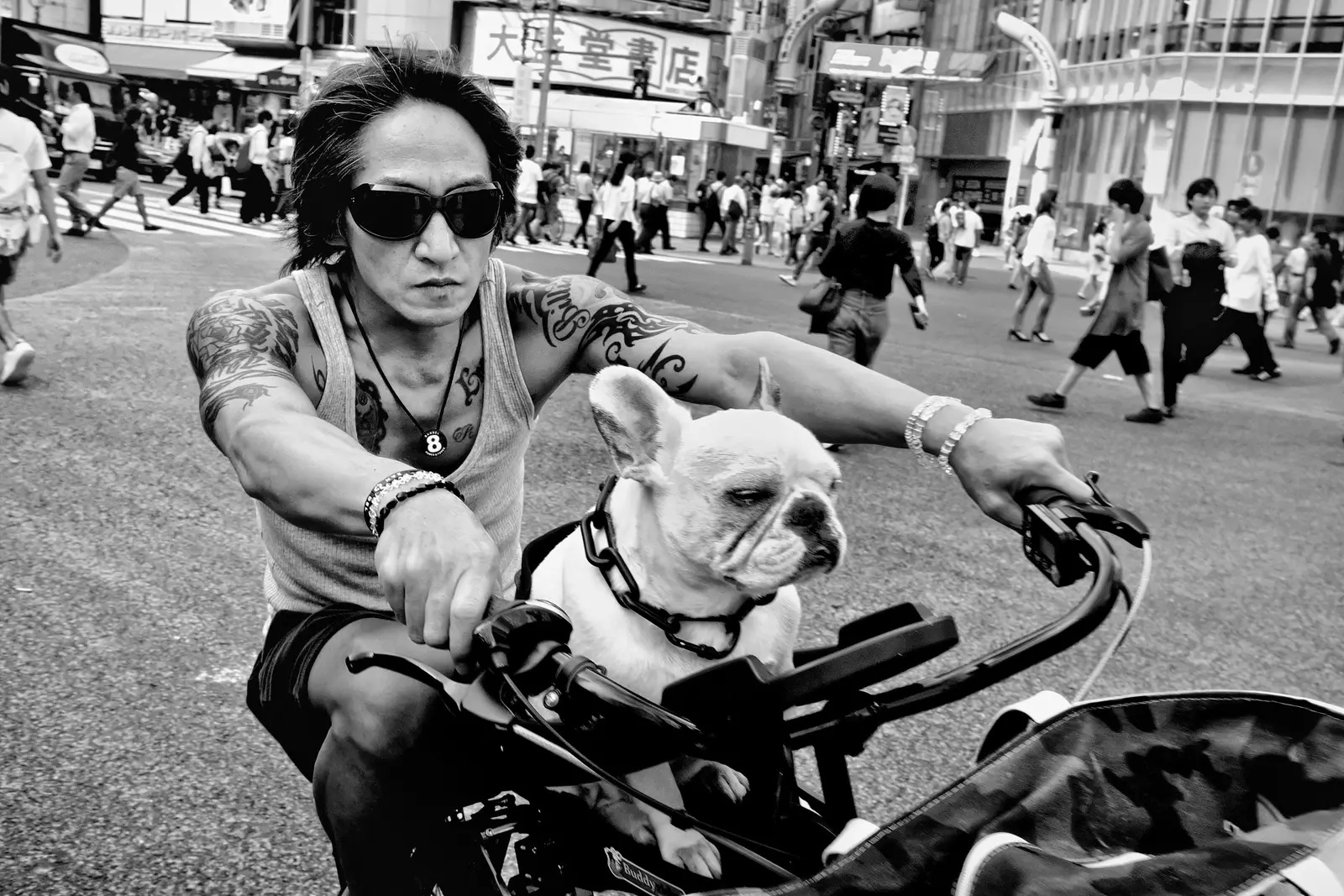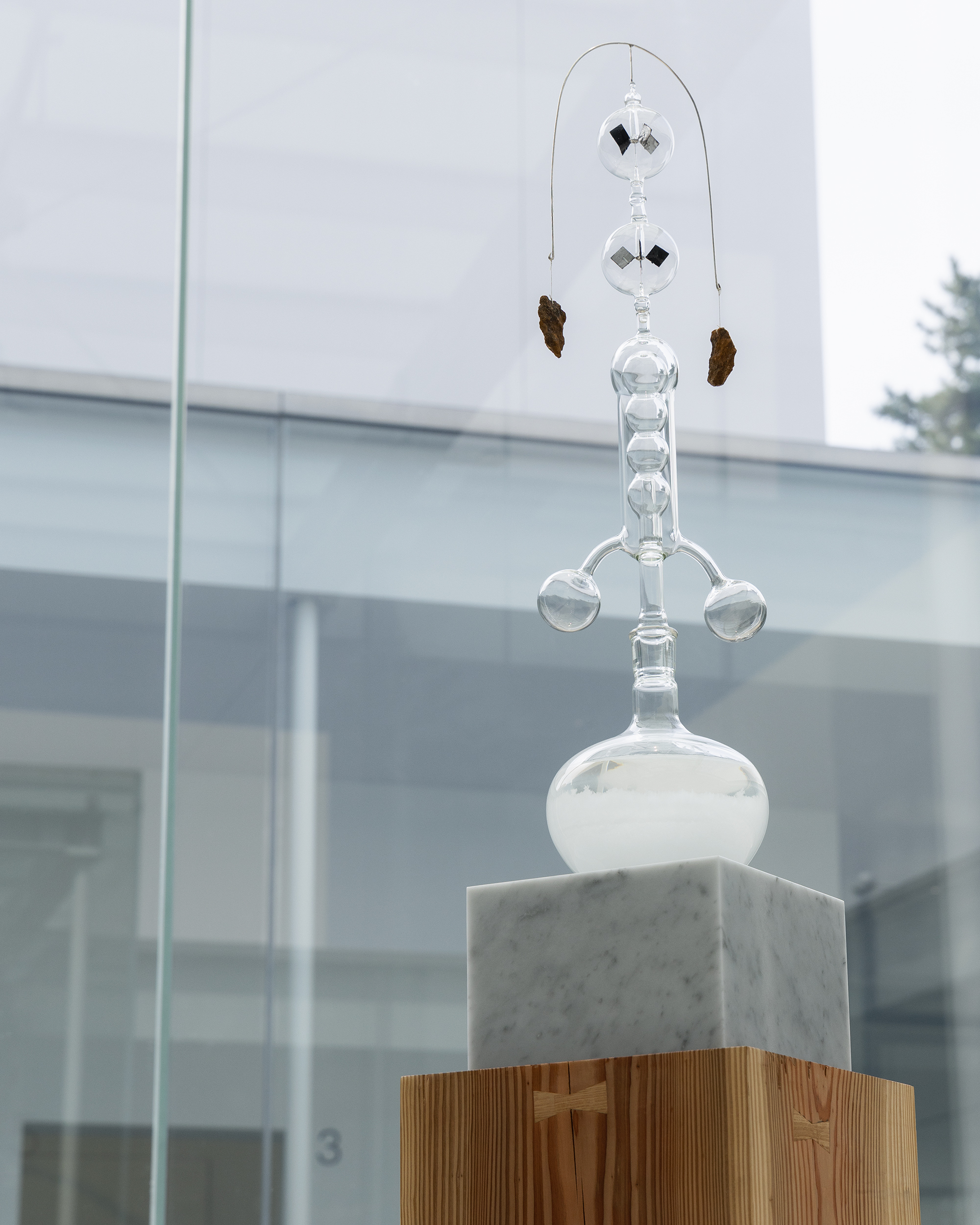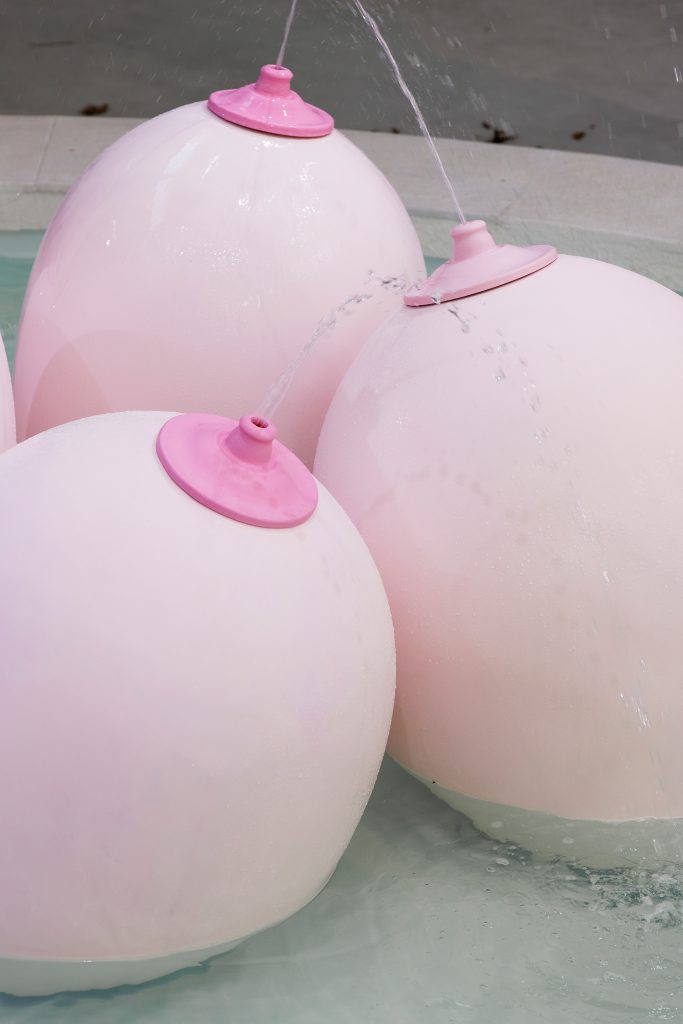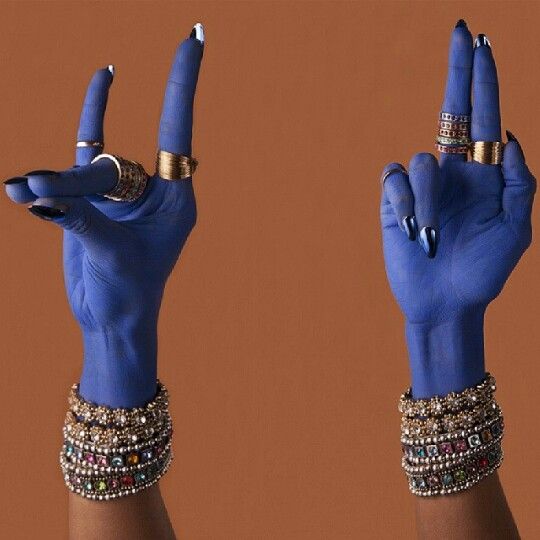The Mingei Cup Is Not Performing
Or how Sōetsu Yanagi would’ve been cancelled by a concept store in the Marais
Some days, you just want tea.
Not a chai latte filtered through three layers of algorithmic branding.
Just a cup. No promise.
No “bio-ceramic-carbon-neutral-fusion-glaze” sermon.
A clay cup. Heavy. Uneven. Unbranded.
A vessel, not a vision board.
Which, in 2025, feels vaguely dangerous.
Because today, “artisan” means €75 for a bowl that looks earthquake-damaged — and rebranded. Craft is a vibe. Utility is a punchline.
But that’s exactly what Mingei warned us against.
In 1933, Sōetsu Yanagi coined the term to celebrate the beauty of the humble, the anonymous, the useful.
“Modest but not shoddy. Inexpensive but not fragile. Dishonesty, luxury, and perversity — these are what Mingei must reject.”
Not prestige. Not seduction. Just presence.
We chose the opposite. Brand over use. Rarity over reason.
And perversity? It is the product.
THE ORDINARY, NOW AN ELITE ACCESSORY
We thought we were celebrating simplicity.
Turns out, we were just monetizing it.
Sourdough became a social signal. White organic tees, relics.
And “wabi-sabi” ceramics come pre-packaged
with a certificate of curated imperfection.
We live in the paradox:
Mingei is now a Pinterest tag. Anti-luxury is luxury’s final frontier.
Emptiness? Always full — of capital.
We don’t design objects anymore. We script them.
The cup isn’t for drinking tea — it’s for being photographed next to Kinfolk and an €11 gluten-free almond croissant (Yes, the croissant is me. I bought it.)
SO, SHOULD WE GIVE UP?
Maybe not. Maybe it’s time for a counter-luxury.
To make, quietly. To use without owning. To let a plate be enough.
To let beauty escape the market. To let meaning live off-performinf.
Because maybe — the rarest luxury now is a mind unbranded.
A clay cup that doesn’t ask to be seen — only to perform its primary function, admirably.



